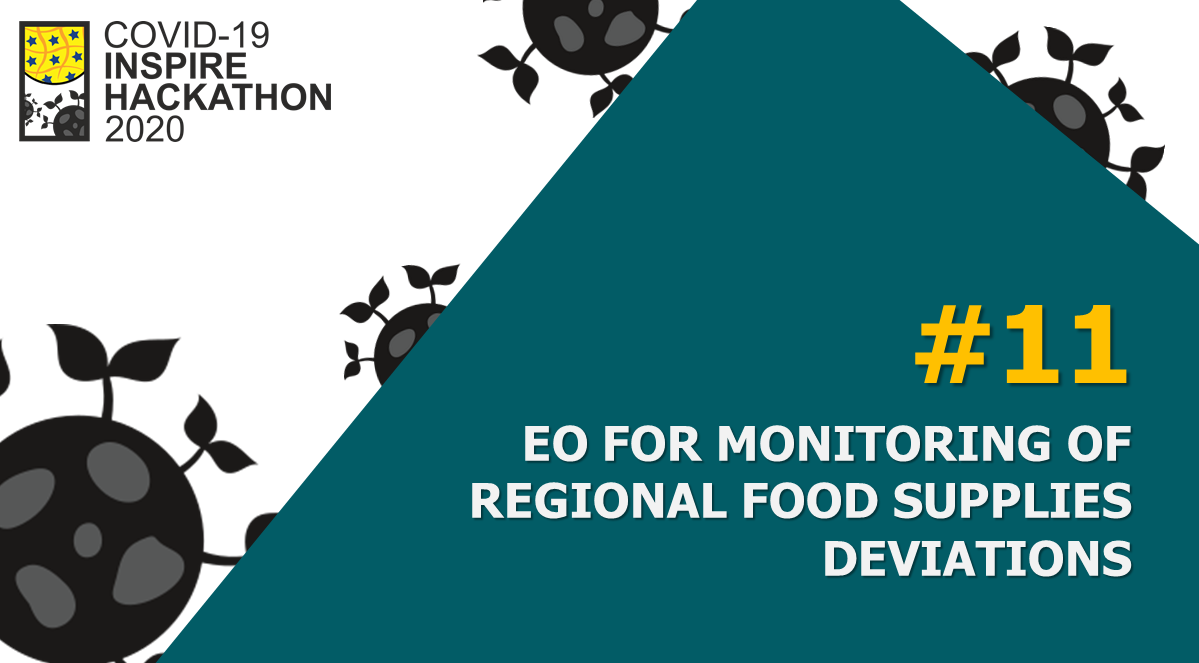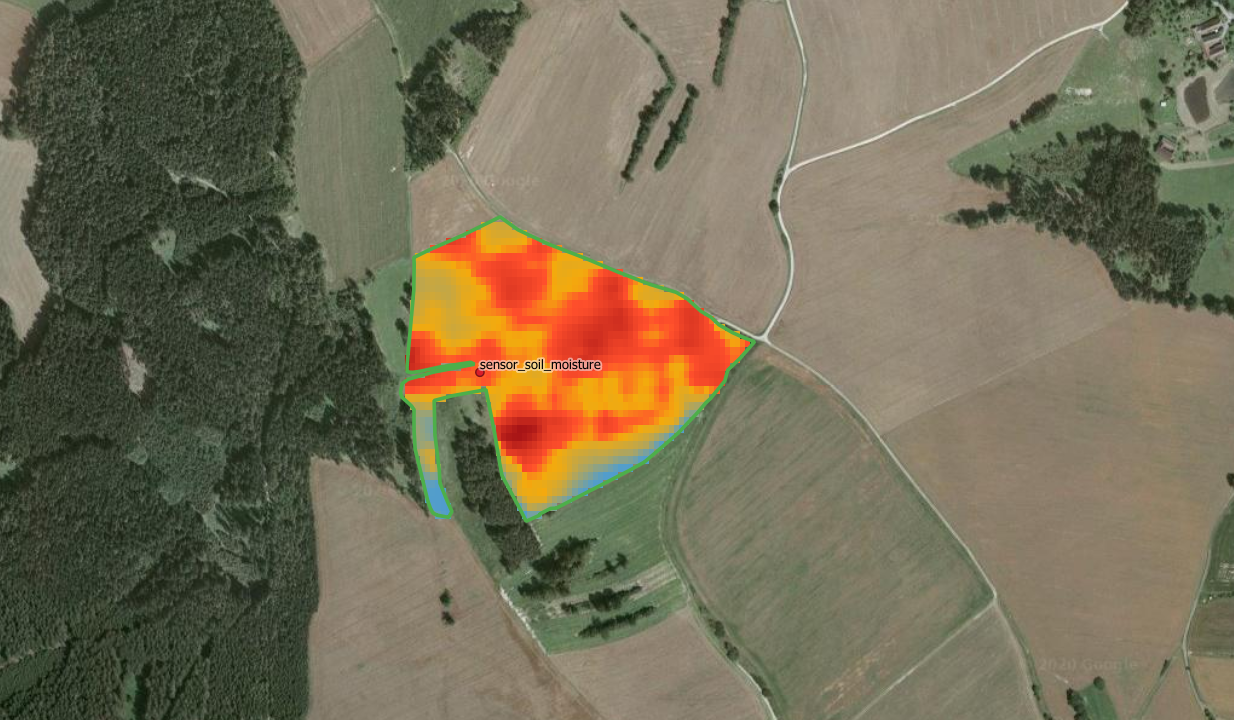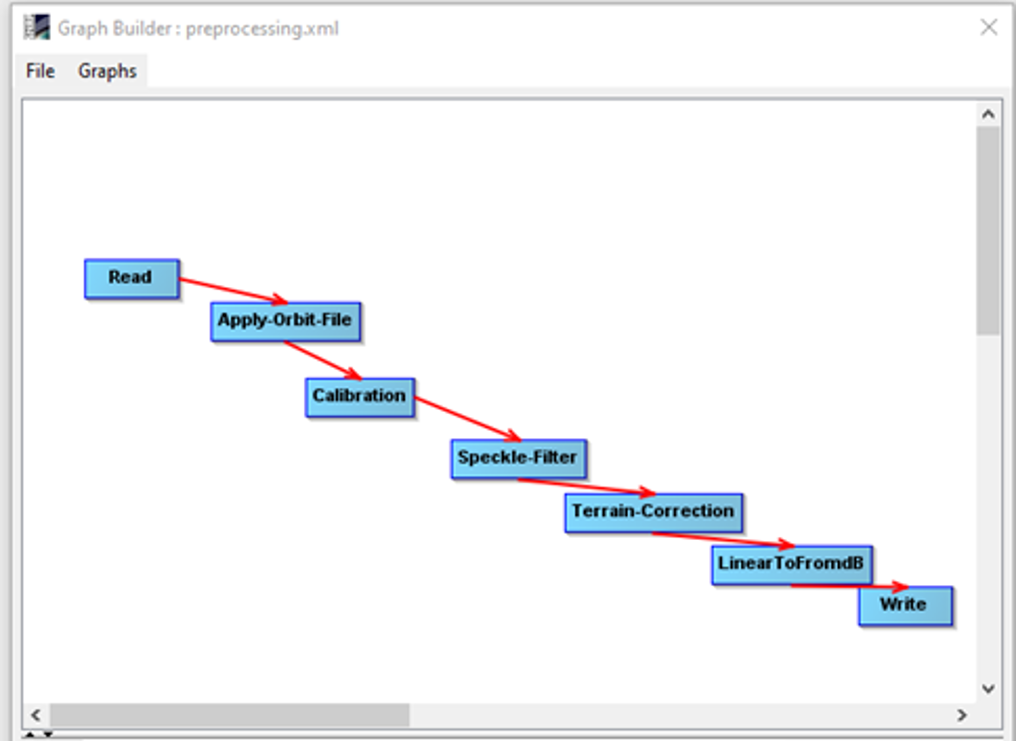Mentors: Jiri Kvapil, Ivo Denemark, Herman Snevajs
Covid19 pandemic and mainly subsequent restrictions was and still is a test for the food supply chain in order to provide enough food to the market to the end customers. Especially in crises a good decision can be made only with enough information. During the previous INSPIRE hackathons the yield potential maps were derived. These potential yields are highly prone to the seasonal effects such as drought, floods, optimal amount of rainfall, duration of insolation, temperature and others which can make the predictions highly different from the reality.
The challenge is to make the yield predictions more realistic by combining the predictions with the actual seasonal conditions. The more realistic the prediction is the better decision can policymakers make to prevent the danger of lack of food. Comparing yield prediction with more realistic predictions will help insurance companies to quantify the effect of the specific damage issue.
The goal of challenges is to design methods of monitoring yield and climatic conditions during the season, which can influence negatively or positively yield in the season. As the reference layer will be used the yield production zones with the trends during the season. Temporal trends or events will be analysed on the base of three types of information
- yield trends with RS indices https://custom-scripts.sentinel-hub.com/custom-scripts/sentinel-2/indexdb/
- Sentinel 1 based information about soil moisture
- COPERNICUS climate services
Figure 1: Deriving soil moisture from Sentinel-1 – workflow in SNAP
For the hackathon we plan to use and test results on more farms using historical satellite and climatic data from the last three years and if available we will compare these results with data from yield monitors. This data will be used for calibration. For analysis we will use statistical and visual methods already available on Lesprojekt cloud and additionally we will also use AI algorithms. The AI frameworks are available on Lesprojekt cloud too. The main goal is to be able to predict during season problems with production and give in advance warning.
Yield production zones are areas with the same yield level within the fields. Yield is the integrator of landscape and climatic variability and provides useful information for identifying management zones [1]. This presents a basic delineation of management zones for site specific crop management, which is usually based on yield maps over the past few years. Similar to the evaluation of yield variation from multiple yield data described by Blackmore et al. [2], the aim is to identify high yielding (above the mean) and low yielding areas related as the percentage to the mean value of the field. Also, yield data’s inter-year spatial variance is important for agronomists to distinguish between areas with stable or unstable yields. The presence of complete series of yield maps for all fields is rare, thus remote sensed data are analysed to determine in field variability of crops thru vegetation indices.
Figure 2: Map of yield potential delineated from multi-temporal Landsat imagery
[1] K. Charvát, T. Řezník, V. Lukas, K. Charvát, Š. Horáková, M. Kepka, M. Šplíchal QUO VADIS PRECISION FARMING, 13th International Conference on Precision Agriculture, July 31 – August 4, 2016, St. Louis, Missouri, USA
[2] Blackmore, B. & Godwin, Richard & Fountas, Spyros. (2003). The Analysis of Spatial and Temporal Trends in Yield Map Data over Six Years. Biosystems Engineering. 84. 455-466. 10.1016/S1537-5110(03)00038-2.
About your mentors
JIRI KVAPIL graduated at Charles University in Prague, Faculty of Science, graduated in Cartography, Geoinformatics and Remote Sensing. His working history is GIS analyst,IT administrator, IT Architect, Head of department, Project manager. Jiri has great experience with implementation and reporting of EU Directives (INSPIRE, WFD, UWWTD, DWD), responsible for the CLC 2012 project in the CZ as project manager. He is also involved in many national projects (Ministry of Interior, Ministry of Environment, Technology Agency) and international research projects (ETC/ICM, smeSpire, SUDPLAN, FATIMA, Polirural, SIEUSOIL and others).
IVO DENEMARK works as ESA BIC Prague Business Development Manager at CzechInvest Agency. His job is to help innovative start-ups with defining and developing feasible businesses on Earth and beyond.
HERMAN SNEVAJS graduated with a bachelor degree from Palacky University in Geoinformatics, Cartography and Remote Sensing in 2019. He specializes in Earth Observation – water retention, drought monitoring and use of machine learning.







